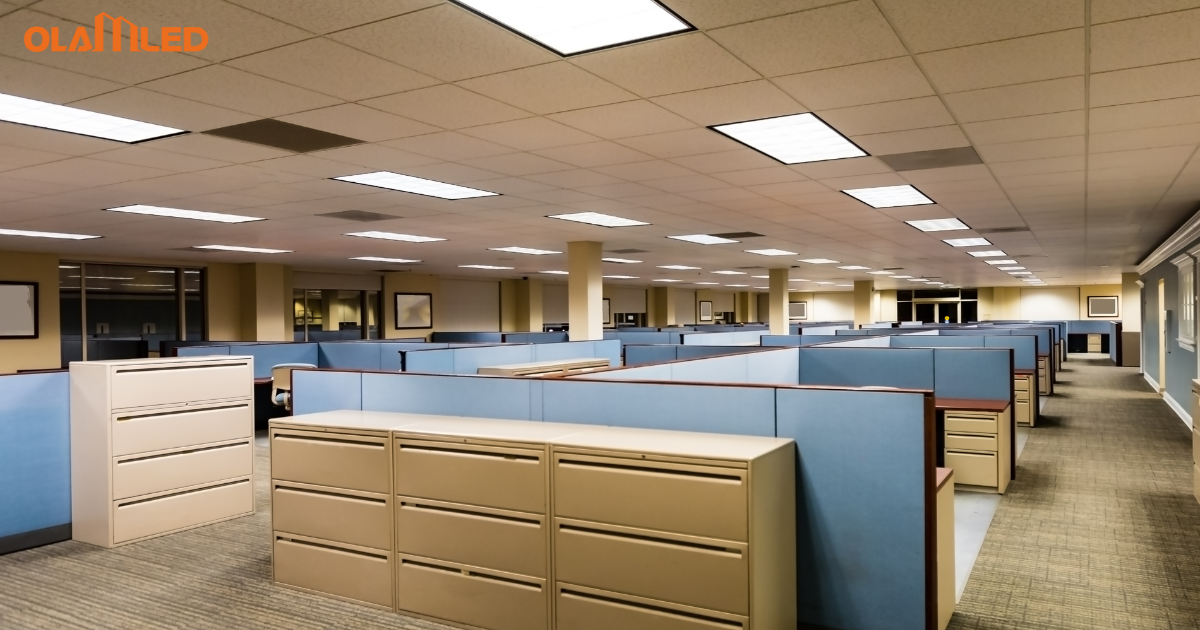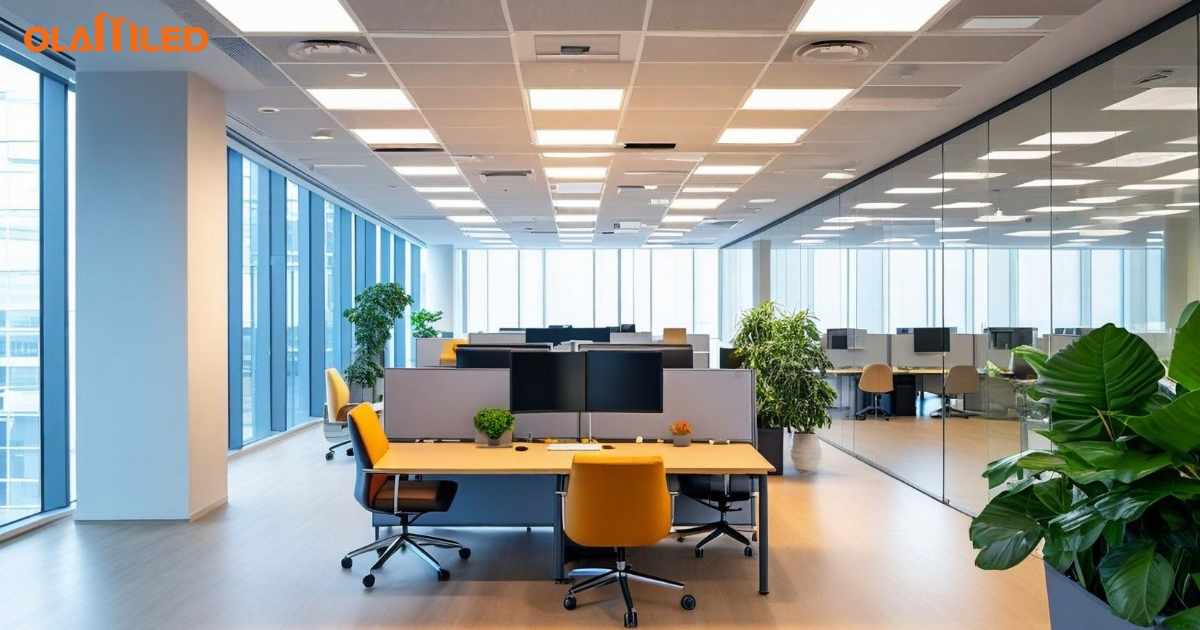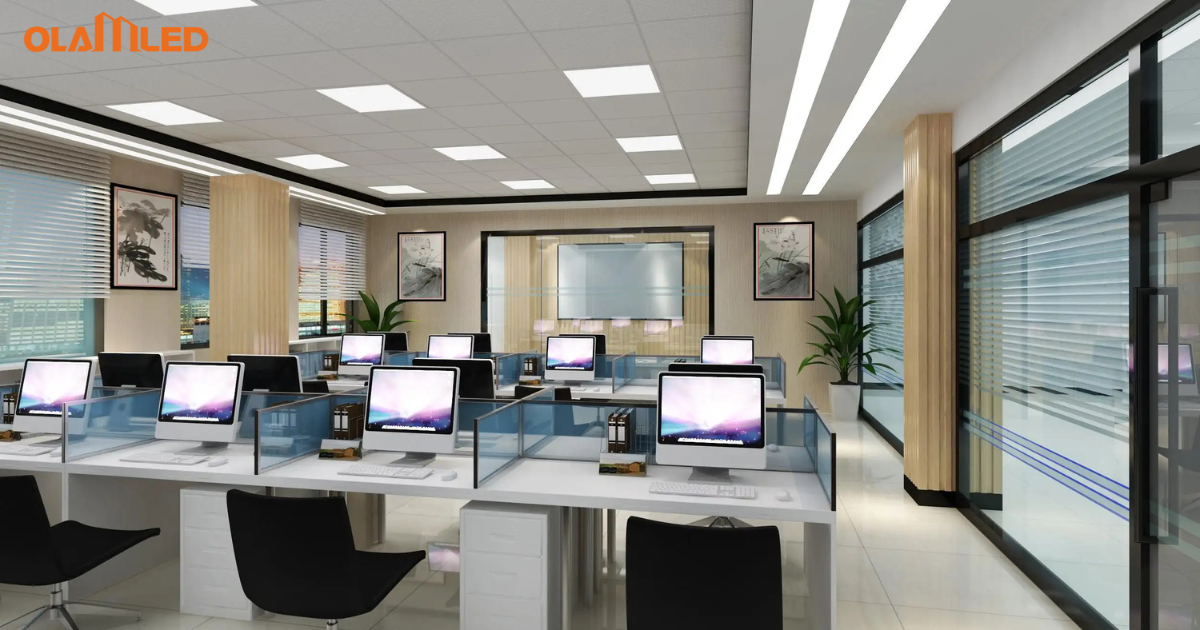Why Are LED Troffers Ideal For Cleanrooms?
LED troffers excel in environments where purity and precision matter. Their sealed, flat‑panel design limits particulate shedding, helping facilities maintain strict cleanliness classes.
For example, a pharmaceutical lab reported a 30% drop in airborne particles after installing sealed‑edge LED troffers. These fixtures also deliver uniform light, reducing shadows that can hide defects during product assembly.
With energy use up to 50% lower than fluorescents, troffers ease HVAC loads and support budget goals. Their ability to integrate with smart controls lets operators schedule lighting cycles that match production shifts, cutting waste and boosting uptime.
What Are LED Troffers?
LED troffers are rectangular light panels sized to fit modular ceiling grids. Unlike bulkier fixtures, they mount flush to minimize crevices where dust could collect. Inside, arrays of light‑emitting diodes sit behind prismatic or frosted diffusers. These diffusers soften glare and spread lumens evenly across work surfaces. Troffer housings often feature smooth, powder‑coated metal that resists corrosion and supports frequent wipe‑downs. In cleanrooms, these attributes ensure lighting does not become a contamination source.
What Benefits Do LED Troffers Offer for Cleanrooms?
Key advantages include:
- Energy Efficiency: Troffers can deliver 120 lm/W or more, cutting electricity use by nearly half.
- Longevity: Rated for 50,000–100,000 hours, they reduce the need for disruptive lamp replacements.
- Superior Light Quality: With CRI ≥ 90 and CCT adjustable from 4,000 K to 5,000 K, they enhance color accuracy during inspections.
- Contamination Control: Sealed edges and non‑porous materials limit dust and microbial traps.
A case in point: a biotech firm saw a 15% boost in inspection speed when staff switched from mixed‑CCT fluorescents to tunable LED troffers.
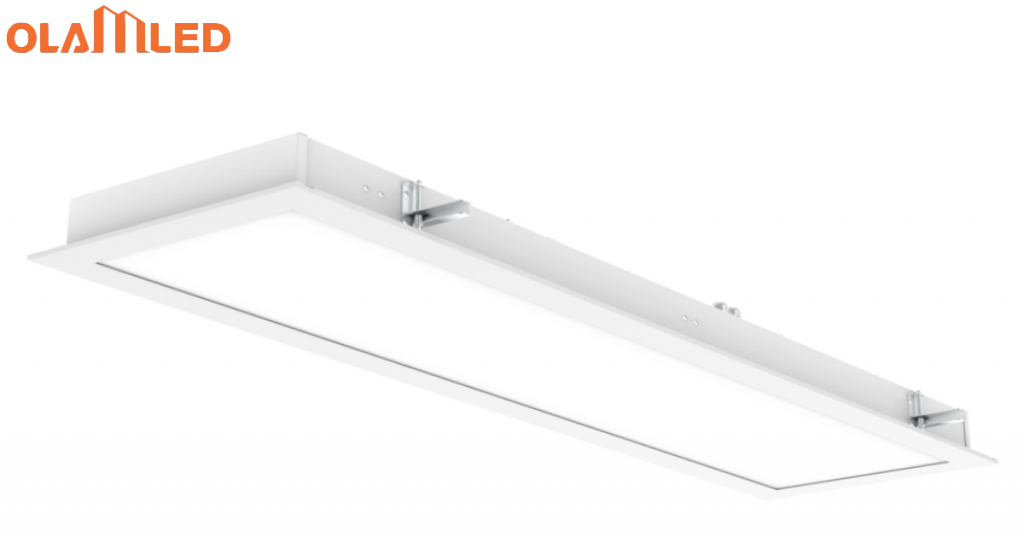
How Do LED Troffers Enhance Cleanroom Conditions?
Troffers contribute to sterile environments by:
- Minimizing Particulates: Smooth surfaces and integrated seals keep particulate counts low.
- Stable Temperatures: Low heat output helps maintain ±1 °C tolerance in sensitive zones.
- Adaptive Controls: Dimming and occupancy sensors auto‑adjust light levels, matching workflow without manual input.
For example, an electronics cleanroom cut cooling costs by 20% after adding dimmable LED troffers linked to room‑usage sensors.
How Do LED Troffers Compare to Traditional Lighting?
A side‑by‑side comparison highlights troffer advantages:
| Metric | LED Troffers | Fluorescent Bulbs | Incandescent Lamps |
|---|---|---|---|
| Lifespan (hours) | 50,000 – 100,000 | 8,000 – 20,000 | 1,000 – 2,000 |
| Power Draw (per fixture) | 15 – 30 W | 50 – 65 W | 60 – 100 W |
| CRI | ≥ 90 | 70 – 85 | 100 |
| Heat Output | Low | Moderate | High |
Fluorescents often flicker and shift color over time. Troffers avoid these issues, delivering consistent illumination and cutting maintenance by more than half.
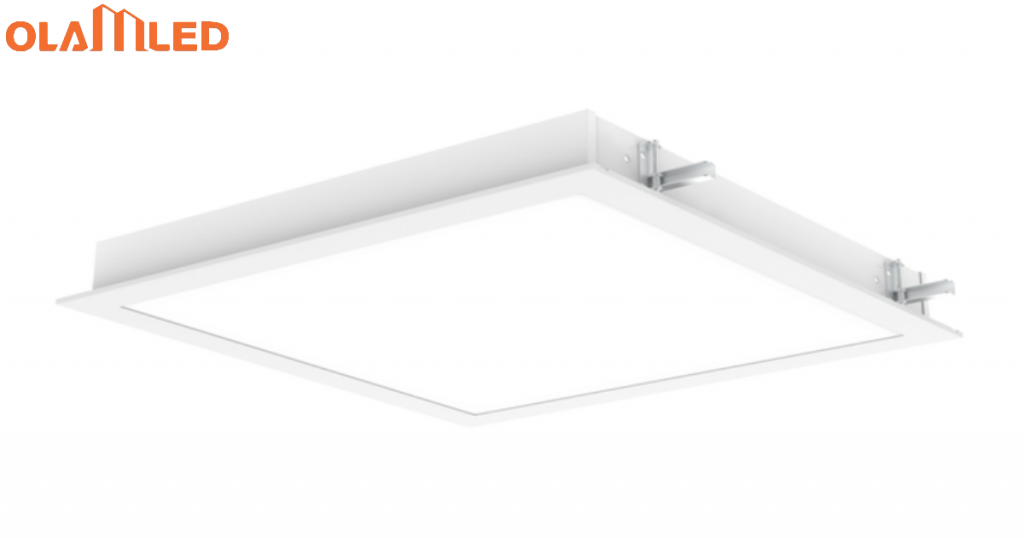
What Key Specifications Should You Consider?
Selecting troffers with proper ratings ensures both compliance and performance.
What Are the Essential Features of LED Troffers?
Core features to evaluate:
- Panel Design: Recessed, slim profile that aligns with ceiling modules.
- Efficacy: Look for fixtures offering 120–150 lm/W to maximize savings.
- CRI ≥ 90: Essential for tasks requiring accurate color differentiation.
- Smart Controls: Dimming, scheduling, and occupancy sensing for tailored operation.
How Important Is Color Temperature in Cleanroom Applications?
Color temperature affects worker focus and comfort.
Cool white (5,000–6,500 K) mirrors daylight and sharpens detail during inspections. A medical device cleanroom reported 18% fewer visual errors under 6,000 K light. Warmer white (3,500–4,000 K) can ease eye strain in packaging areas. Troffers with adjustable CCT let teams fine‑tune lighting for each process step.
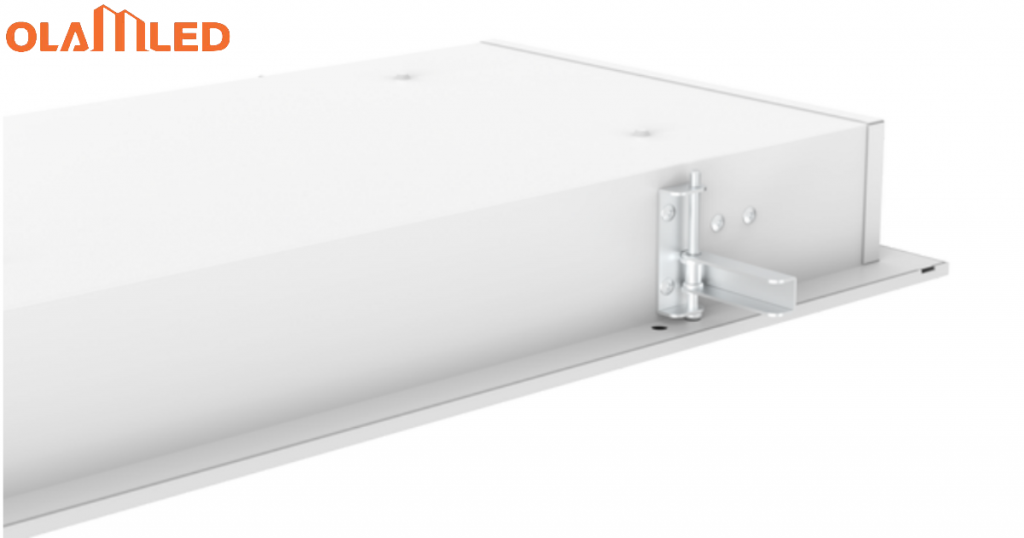
What IP Ratings Are Suitable for Cleanroom Environments?
Ingress Protection defines resistance to dust and moisture:
- IP54: Guards against limited dust and splashes.
- IP65: Dust‑tight and water‑jet resistant—preferred where washdowns occur.
- IP66+: Handles high‑pressure cleaning without seal failure.
Choosing IP65 or higher prevents contamination during routine sanitation.
How Do LED Troffers Improve Safety and Compliance?
LED troffers boost both worker safety and regulatory adherence.
What Are the Safety Standards for Cleanroom Lighting?
Cleanroom fixtures must meet:
- ISO 14644‑1: Sets particulate limits and minimum lux levels.
- ANSI/IES RP‑7: Recommends uniformity ratios to avoid glare and shadows.
- IES Guidelines: Advise non‑reflective diffusers and easy‑clean surfaces.
Meeting these standards reduces inspection errors and supports audit readiness.
How Can LED Troffers Help Meet Regulatory Requirements?
Troffers facilitate compliance through:
- Adjustable Output: Dial in exact lux levels per cleanroom class.
- Low Emissions: Minimal heat and no mercury simplify environmental controls.
- Documented Specs: Manufacturer data streams aid validation and reporting.
A food‑processing facility used troffer spec sheets to pass a surprise FDA audit without a single non‑conformance.
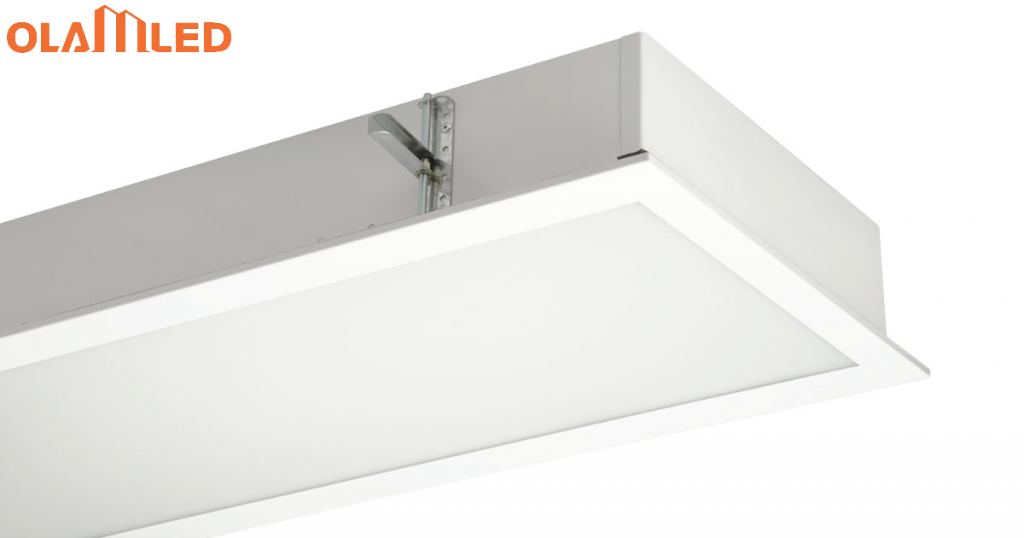
What Are the Cost Benefits of Using LED Troffers?
LED troffers drive savings across multiple fronts:
| Cost Aspect | LED Troffers | Traditional Lighting |
|---|---|---|
| Upfront & Rebates | Moderate; many incentives | Low; few rebates |
| Energy Consumption | 30%–50% reduction | Baseline |
| Maintenance Frequency | Every 5–10 years | Every 1–3 years |
Long lamp life and fewer fixture changes translate to labor savings and less downtime.
What Is the Return on Investment for LED Troffers?
ROI often arrives within 2–4 years thanks to:
- Lower Energy Bills: Annual savings of 30%–50%.
- Reduced HVAC Load: Fewer BTUs from lighting ease cooling costs.
- Maintenance Cuts: Less frequent replacements and cleaning labor.
A large research lab reported a 3‑year payback, then sustained 20% annual cost savings thereafter.
What Are Real‑World Examples of LED Troffer Use in Cleanrooms?
Case studies across industries demonstrate measurable gains.
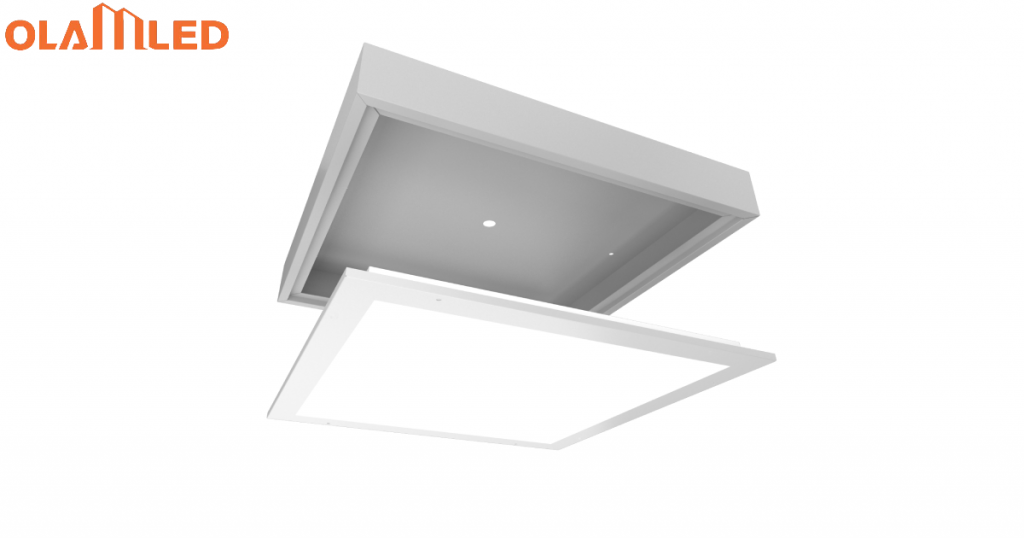
What Industries Benefit from LED Troffers?
Troffers suit sectors such as:
- Pharmaceuticals: 40% energy cuts while meeting ISO 5 standards.
- Semiconductors: 40% fewer shadows, boosting yield in wafer inspection.
- Biotech Labs: Improved CRI enabled more precise cell culture work.
- Hospital Sterile Suites: Lower heat loads helped maintain critical airflows.
What Case Studies Demonstrate Their Effectiveness?
- Pharma Plant: 50% lighting energy reduction; particle counts fell by 30%.
- Semiconductor Fab: 20% rise in defect‑free output after upgrade.
- University Lab: Maintenance spends dropped 25%; staff rated visual comfort “excellent.”
LED Troffers FAQs
How long do LED Troffers typically last?
Troffers usually run 50,000–100,000 hours. In stable cleanrooms, controlled temperature and minimal vibration help them reach upper lifespans. Proper installation and cooling also matter.
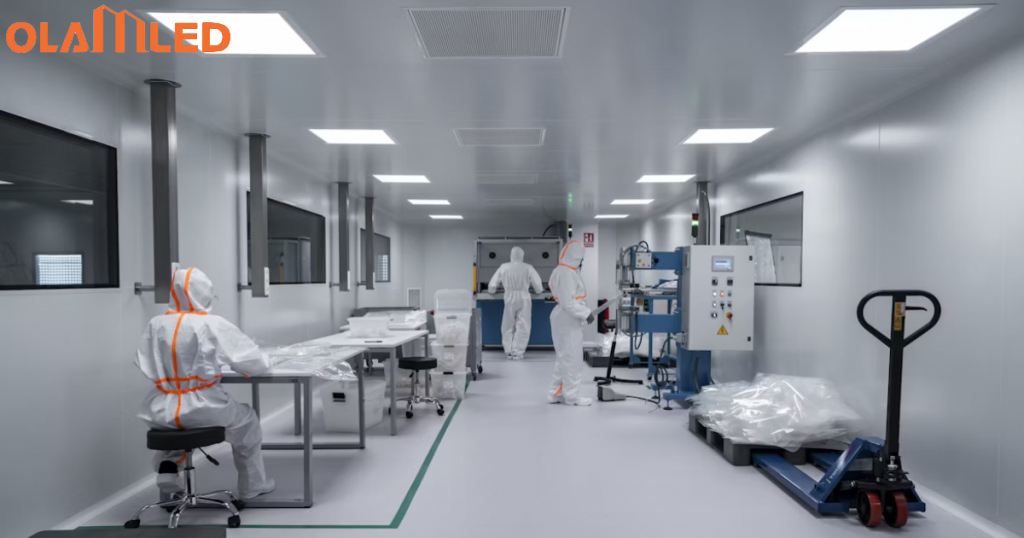
Are there energy savings from using LED Troffers compared to other lighting options?
Yes. Many facilities see 30%–50% lower energy bills versus fluorescents. The lower heat output also reduces HVAC power needs.
Can LED Troffers be retrofitted into existing cleanroom fixtures?
Retrofitting works if new panels match ceiling dimensions and wiring specs. Following cleanroom change‑out protocols prevents contamination during installation.
What maintenance is required for LED Troffers in cleanroom environments?
- Monthly checks for dust or residue.
- Wipe‑down with approved non‑abrasive cleaner.
- Quarterly electrical inspections.
- Annual driver and component swaps per manufacturer advice.
How do LED Troffers impact the overall energy efficiency of a cleanroom?
They lower lighting power by 30%–50% and cut heat gain. Integrating sensors and controls can drive further savings and support sustainability goals.
